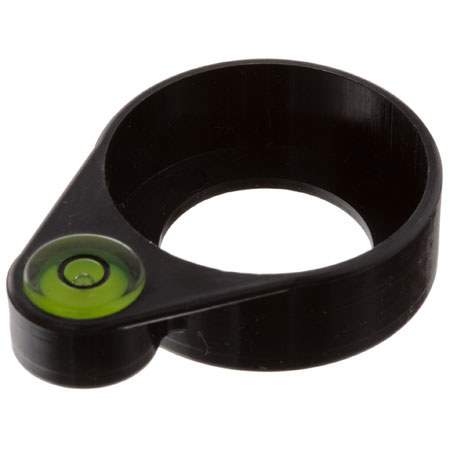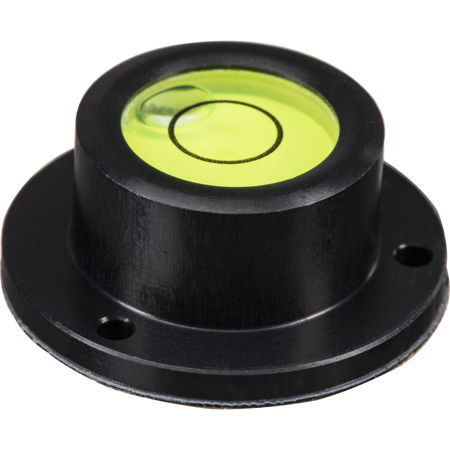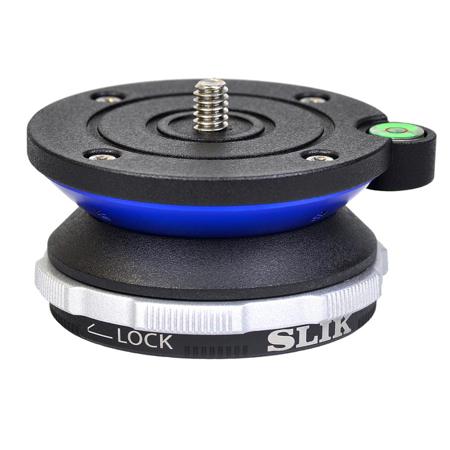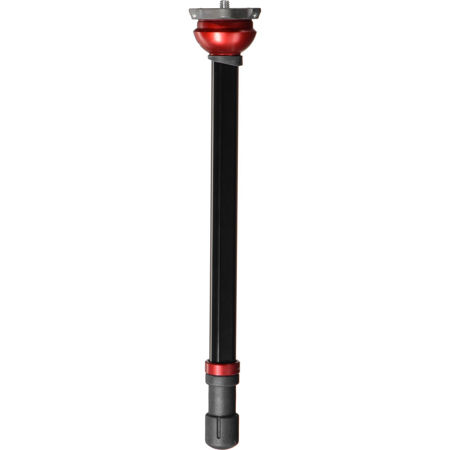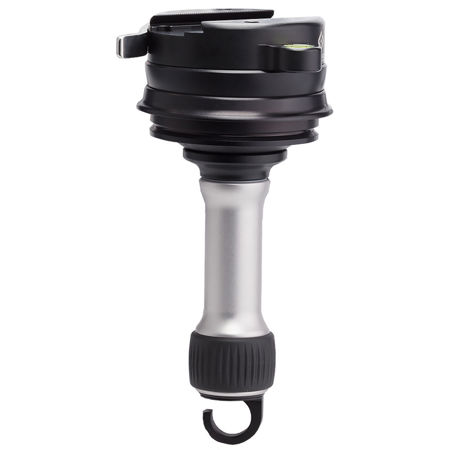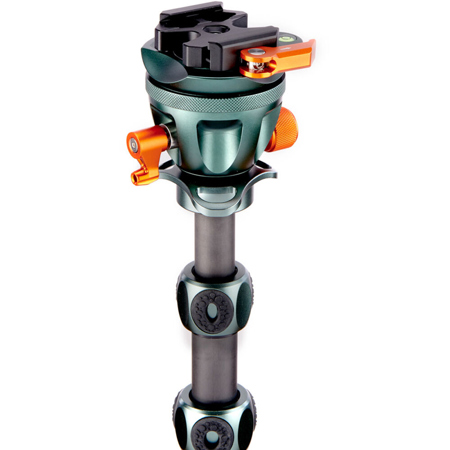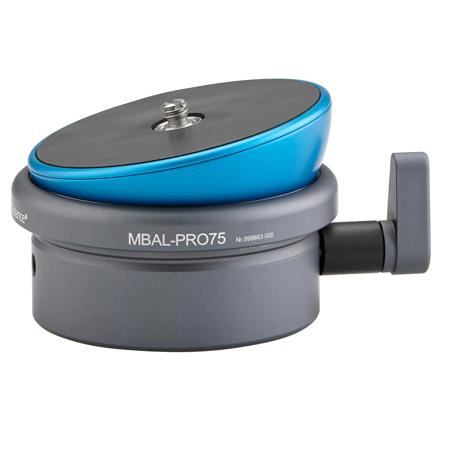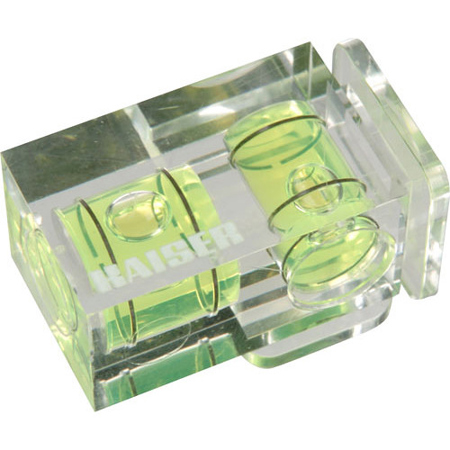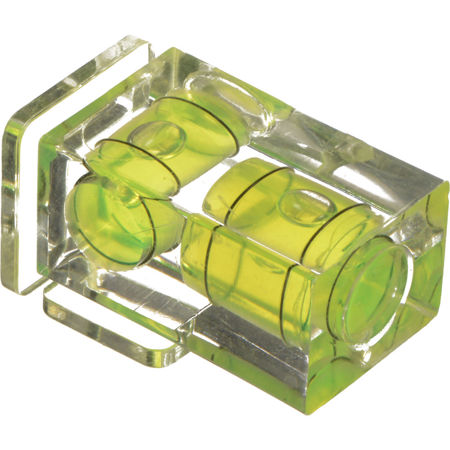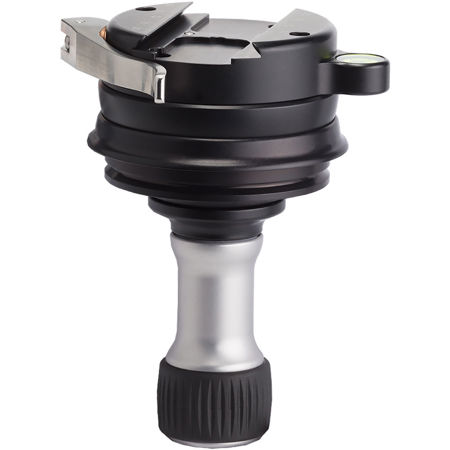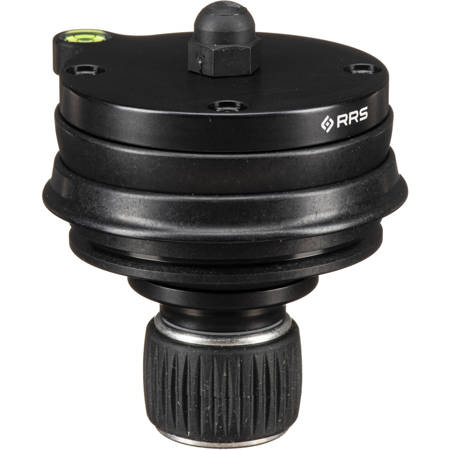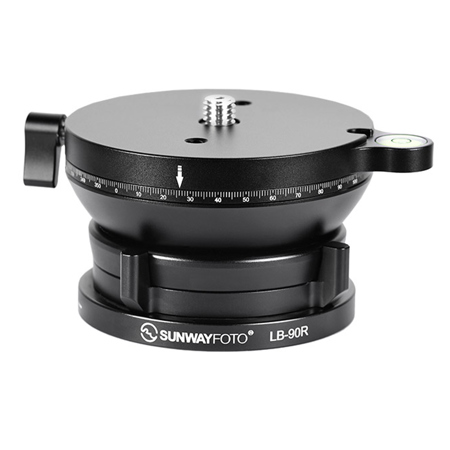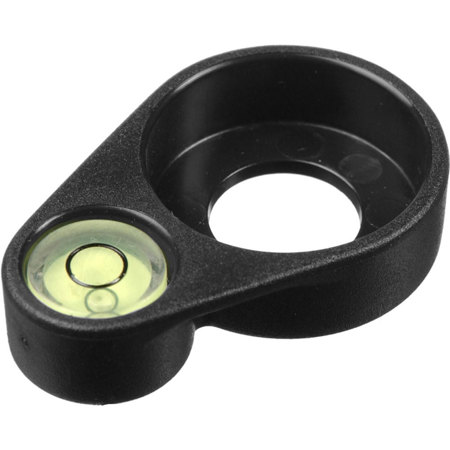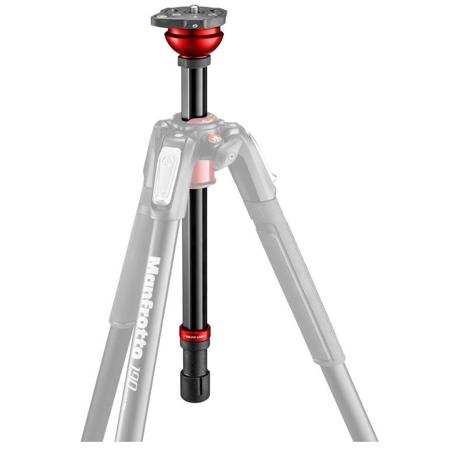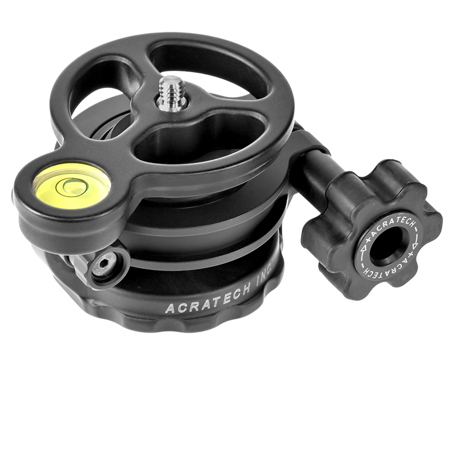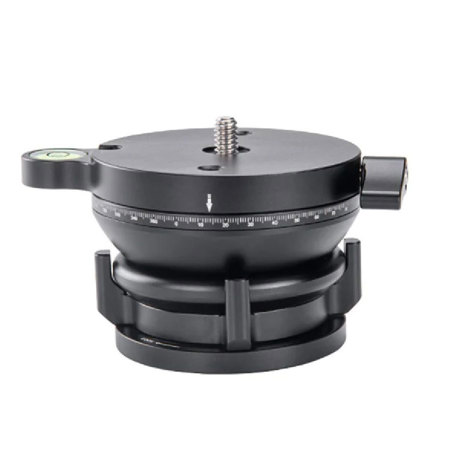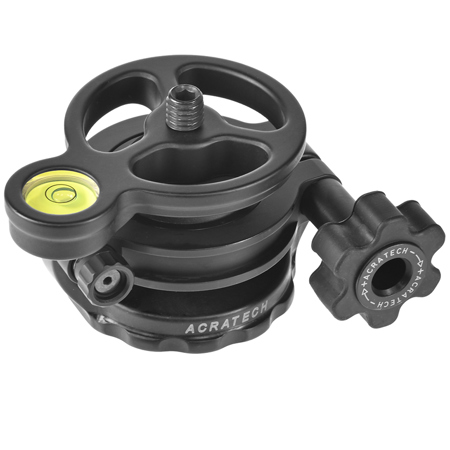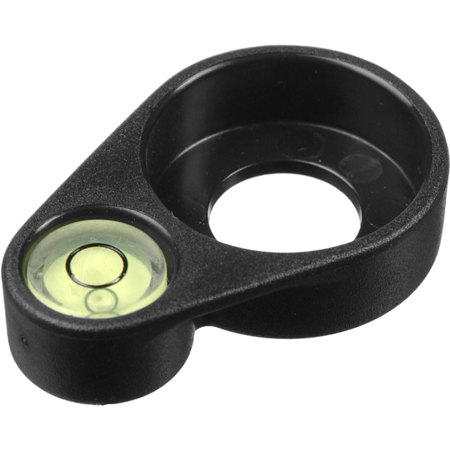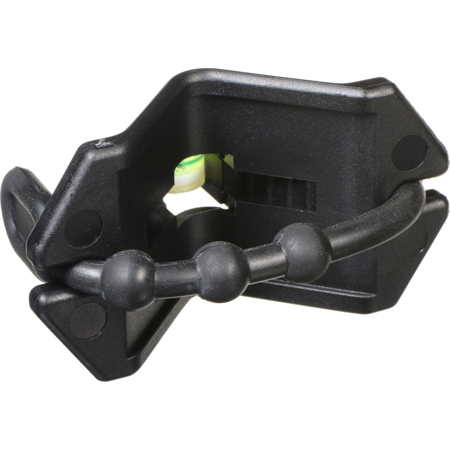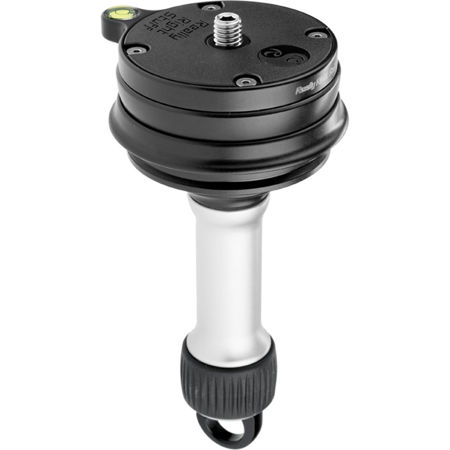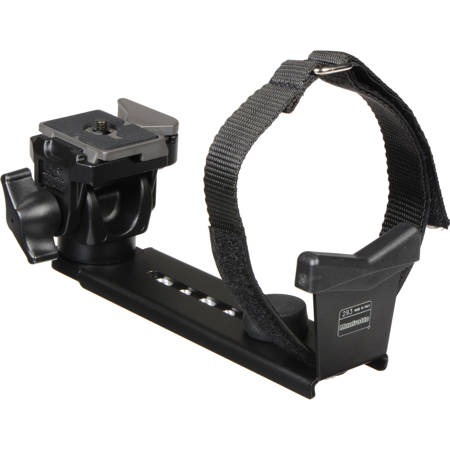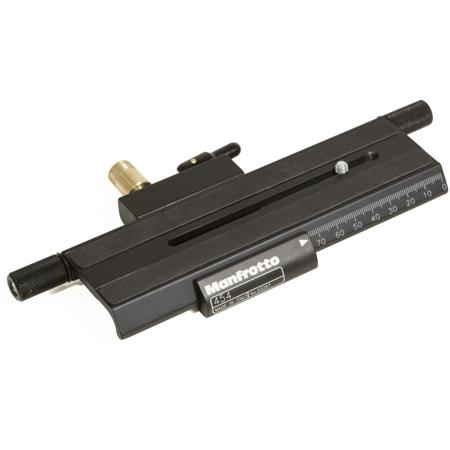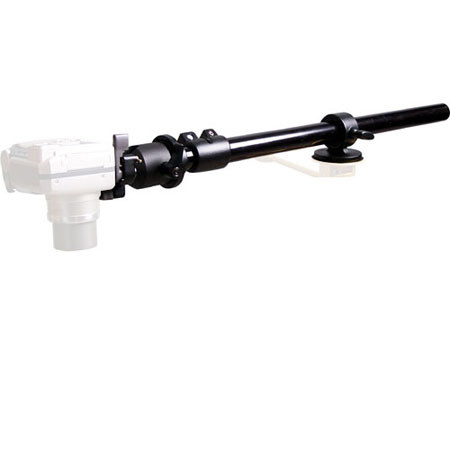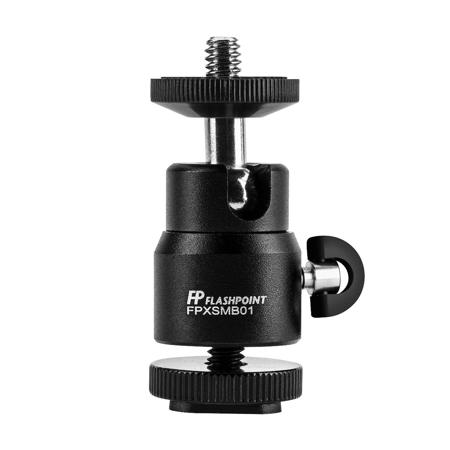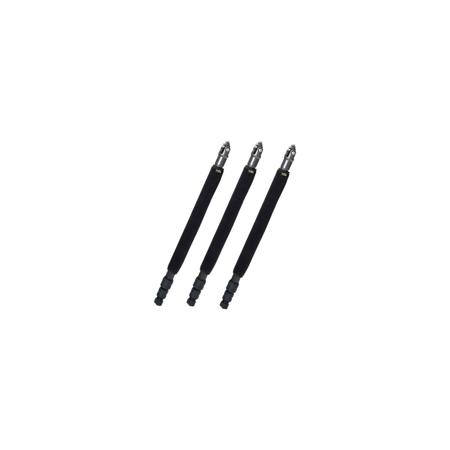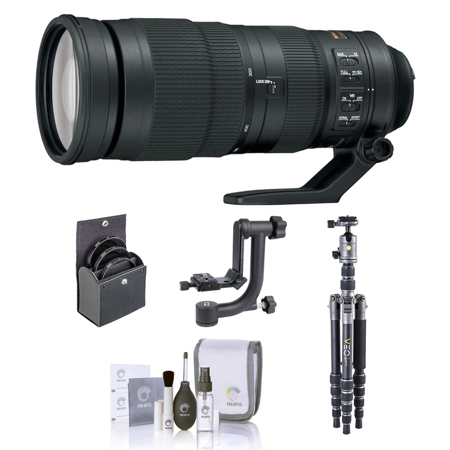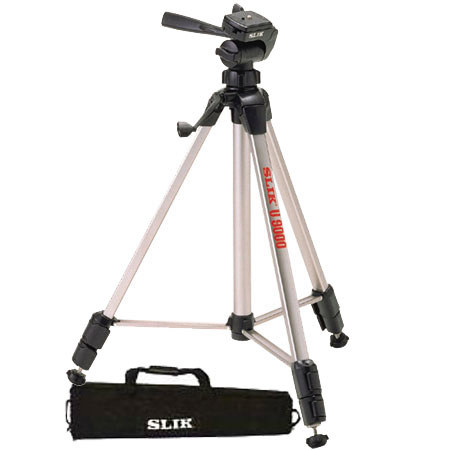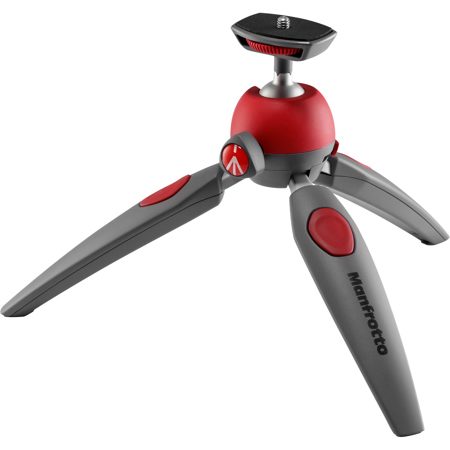Tripod Levels
Whether you’re a seasoned landscape photographer, an architectural specialist, or just starting to experiment with panoramic shots, tripod levels are an essential tool for achieving professional results. These accessories, which include both integrated bubble levels and dedicated tripod leveling bases or heads, are designed to ensure your camera or laser equipment remains perfectly horizontal—even on uneven terrain. As the autumn season ushers in vibrant foliage and dramatic changes in natural light, outdoor photography becomes especially popular, making the need for a reliable leveling solution more pronounced. Tripod levels help you quickly adapt to unpredictable surfaces, like rocky trails or sloping city streets, where simply adjusting tripod legs may not be enough. With a leveling base, you can make precise, three-axis adjustments, keeping horizons straight and compositions true whether you’re capturing a sweeping fall landscape or setting up a time-lapse of changing leaves.
For those who specialize in panoramic or 360-degree photography, a level tripod is crucial. When rotating the camera for multi-shot panoramas, even a slight tilt can introduce stitching errors and warped horizons. A leveling head provides the fine-tuned control needed for seamless transitions between frames, resulting in smooth, distortion-free panoramas. Similarly, videographers benefit from tripod levels when panning across a scene, ensuring that footage remains stable and visually pleasing. Professionals in construction, surveying, and interior design also rely on tripod levels to keep laser levels perfectly horizontal for accurate measurements and layout work. The adjustable mechanisms, often featuring a tri-wheel design, allow for micro-adjustments up to several degrees, making them invaluable for both creative and technical applications.
Tripod levels are a thoughtful addition to any photographer’s kit, making them excellent gifts for people who like photography, especially as the holiday season approaches. Their utility extends beyond traditional camera work—anyone using spotting scopes, binoculars, or laser levels can benefit from the stability and precision they offer. When considering a purchase, think about the environments where you or the recipient will be shooting most often. Integrated bubble levels are convenient for quick setups, while a dedicated leveling base offers superior accuracy for more demanding projects. For those interested in exploring more options, the Tripod Bases page provides a curated selection of compatible bases and accessories to further enhance your setup. Investing in a quality leveling solution ensures that, whether you’re capturing the fiery hues of October or working on a detailed architectural shoot, your gear is always ready to deliver level, professional-grade results.
For those who specialize in panoramic or 360-degree photography, a level tripod is crucial. When rotating the camera for multi-shot panoramas, even a slight tilt can introduce stitching errors and warped horizons. A leveling head provides the fine-tuned control needed for seamless transitions between frames, resulting in smooth, distortion-free panoramas. Similarly, videographers benefit from tripod levels when panning across a scene, ensuring that footage remains stable and visually pleasing. Professionals in construction, surveying, and interior design also rely on tripod levels to keep laser levels perfectly horizontal for accurate measurements and layout work. The adjustable mechanisms, often featuring a tri-wheel design, allow for micro-adjustments up to several degrees, making them invaluable for both creative and technical applications.
Tripod levels are a thoughtful addition to any photographer’s kit, making them excellent gifts for people who like photography, especially as the holiday season approaches. Their utility extends beyond traditional camera work—anyone using spotting scopes, binoculars, or laser levels can benefit from the stability and precision they offer. When considering a purchase, think about the environments where you or the recipient will be shooting most often. Integrated bubble levels are convenient for quick setups, while a dedicated leveling base offers superior accuracy for more demanding projects. For those interested in exploring more options, the Tripod Bases page provides a curated selection of compatible bases and accessories to further enhance your setup. Investing in a quality leveling solution ensures that, whether you’re capturing the fiery hues of October or working on a detailed architectural shoot, your gear is always ready to deliver level, professional-grade results.
